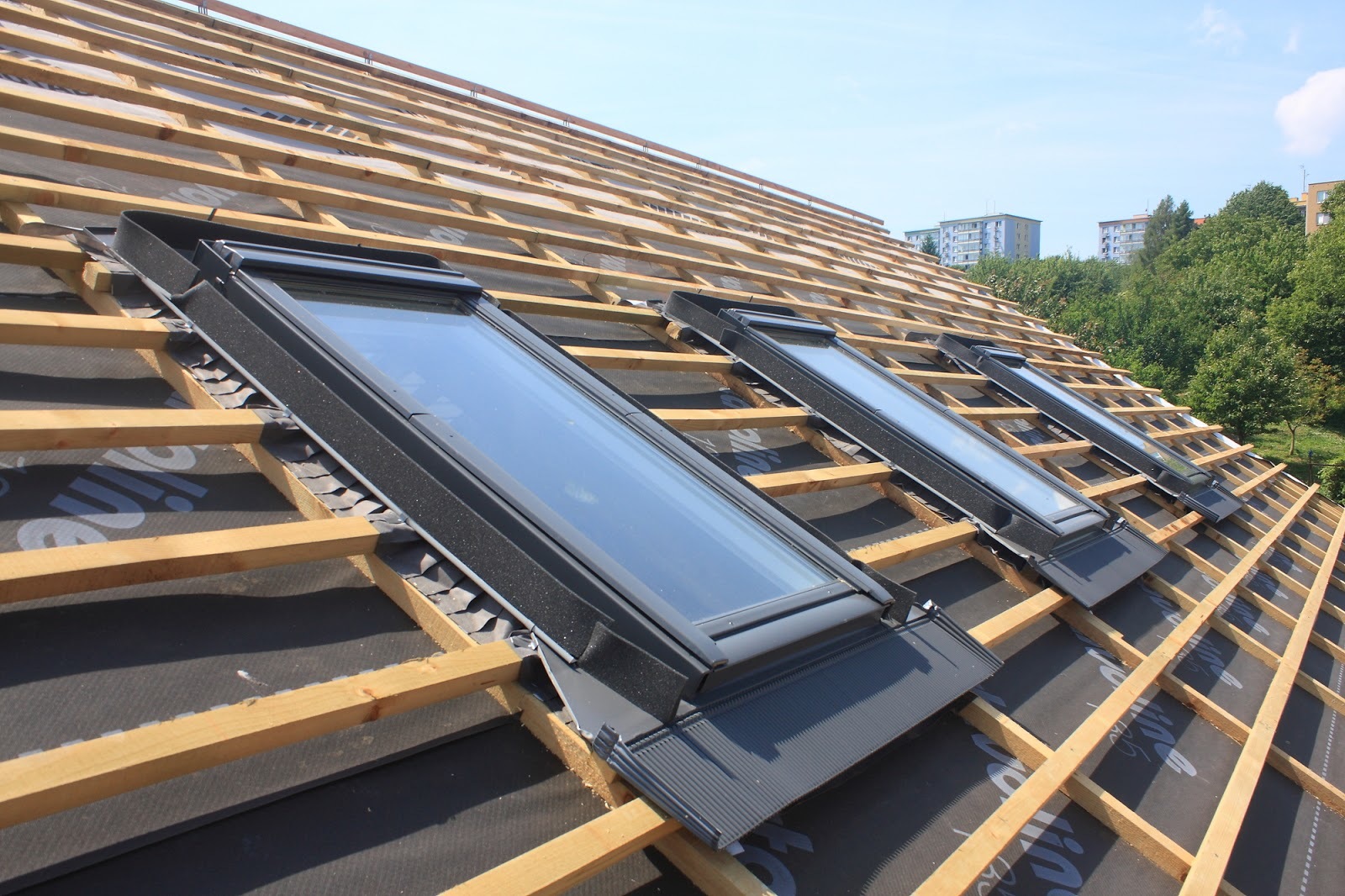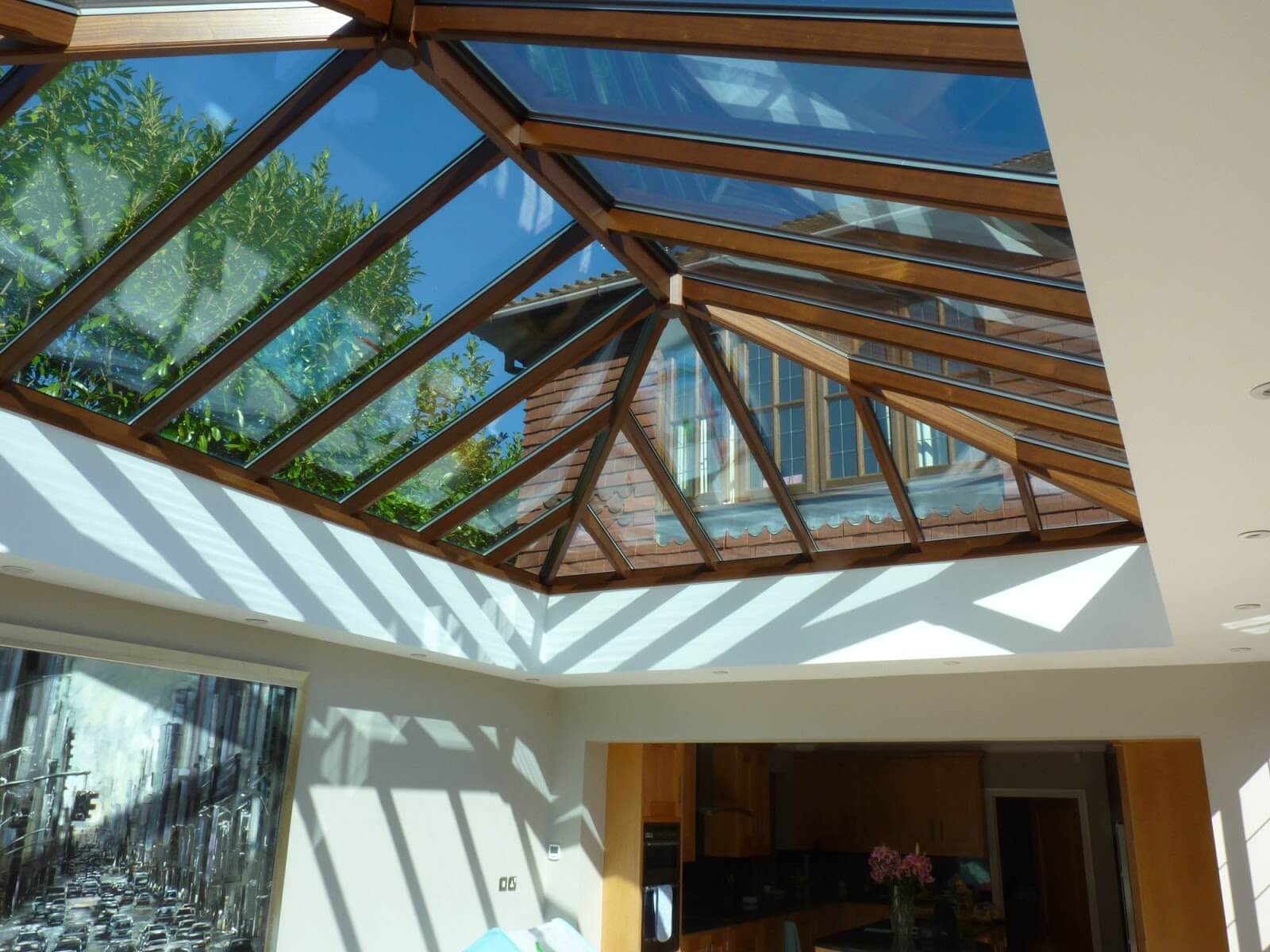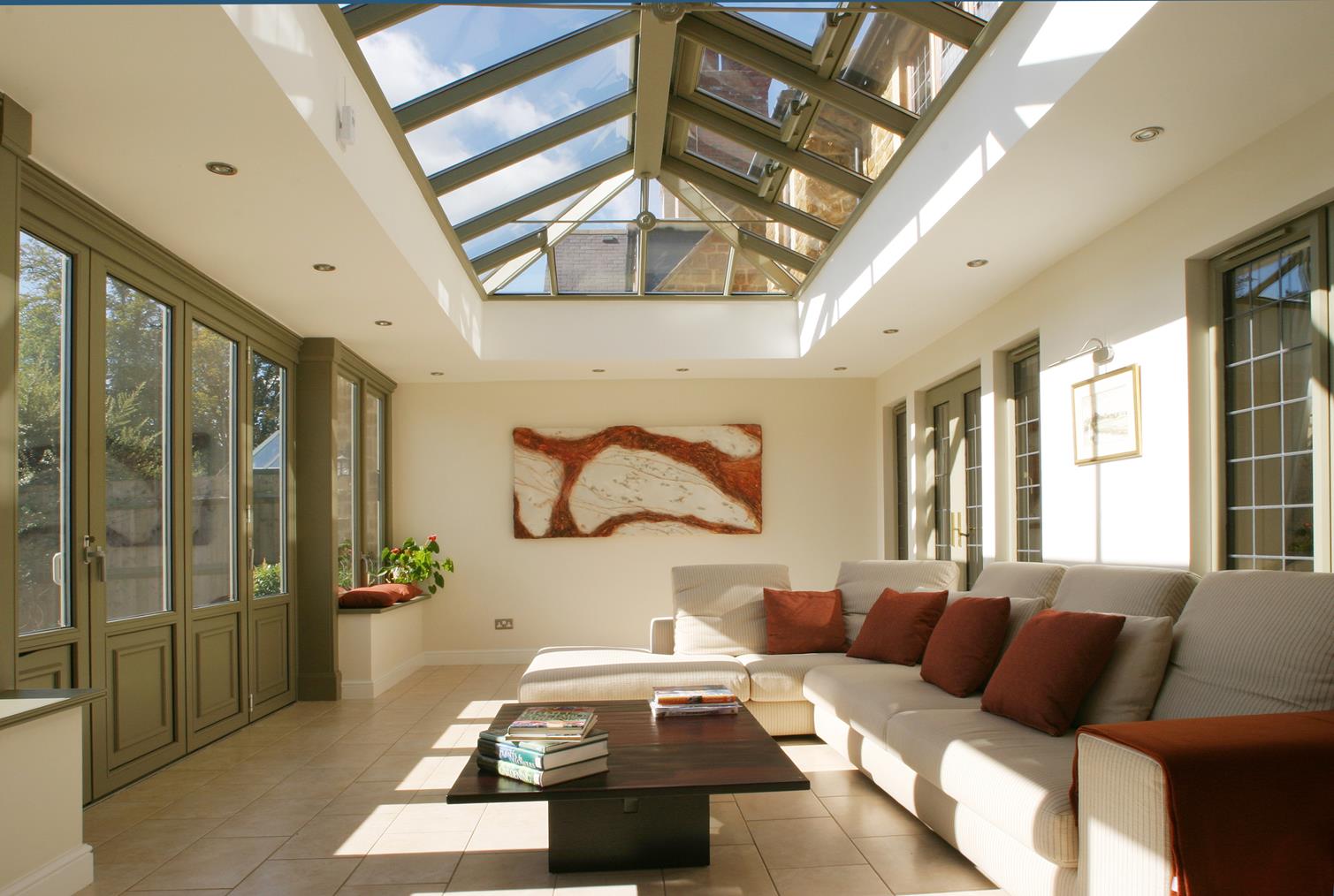Looking to add a touch of rustic charm or contemporary elegance to your home? A wooden roof lantern just might be the perfect architectural focal point. Let’s explore the warmth and character that wood lends […]
The Advantages of Natural Light vs Artificial Light
“What is the difference between a roof light and lantern?”
Posted by: Laura Wakeham. on the 30th July 2015
Roof lanterns and skylights are usually installed to provide natural light in the home. Not only is daylight cheaper than artificial lighting (after all, it’s completely free!), natural light is an unlimited resource. Although we need synthetic lighting and cannot eliminate its use completely, the installation of roof lanterns and skylights can help reduce the requirement of artificial light, as well as help reduce CO2 emissions and protect our planet.
The Benefits of Natural Light
Daylight improves our mood
Most of us have heard of, or even suffered from, SAD (Seasonal Affective Disorder) which is a type of depression known as “winter depression”. It is caused primarily by a reduced exposure to sunlight. Ultimately, when the days get shorter and people see less daylight, their energy levels decrease and their mood drops. Therefore, the daylight received within our homes from roof lanterns and skylights could lift our mood and make us happier!
Environmental benefits
Artificial lighting is powered by electricity which is generated in nuclear power stations. The process of producing electricity causes harm to the environment because it releases harmful chemical emissions, such as sulfur dioxide, carbon and mercury.
It is well known that carbon dioxide is a greenhouse gas and causes global warming which will vastly alter the world’s climate. In addition, sulfur dioxide emissions have been connected to heart disease and respiratory conditions like asthma and bronchoconstriction, while mercury can settle into water bodies and affect water quality.
By installing roof lanterns or skylights and, therefore, reducing our use of electric lighting, we can minimise harmful chemical emissions and actively help the planet!
Daylight increases productivity
Whether or not you believe this, daylight can actually increase our productivity and make us more alert. Apparently, light influences the amount of melatonin in the body, which is a hormone found naturally in the body that regulates night and day cycles. While darkness causes our bodies to produce more melatonin and prepares us for sleep, light decreases the body’s production of melatonin and prepares us for being awake!
Since daylight is much brighter than artificial light, it has a greater influence on our bodies. Apparently, daylight produces about 1000-2000 lux, while electric lighting produces 200-300 lux (lux is the unit of illuminance).
Therefore, a roof lantern or skylight in the home gives us the opportunity to receive daylight first thing in the morning, when our body absorbs most light. So, hopefully, we’ll feel more awake than those who sit under artificial light at the breakfast table!






